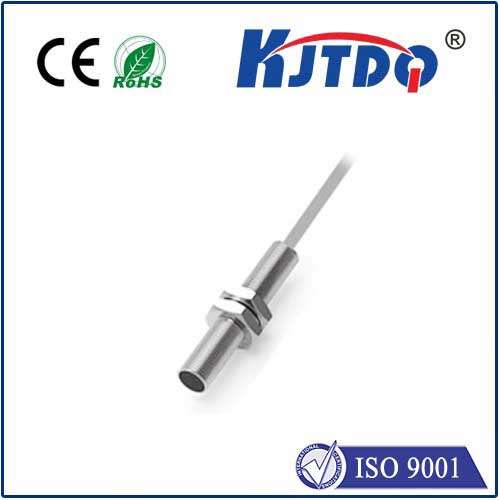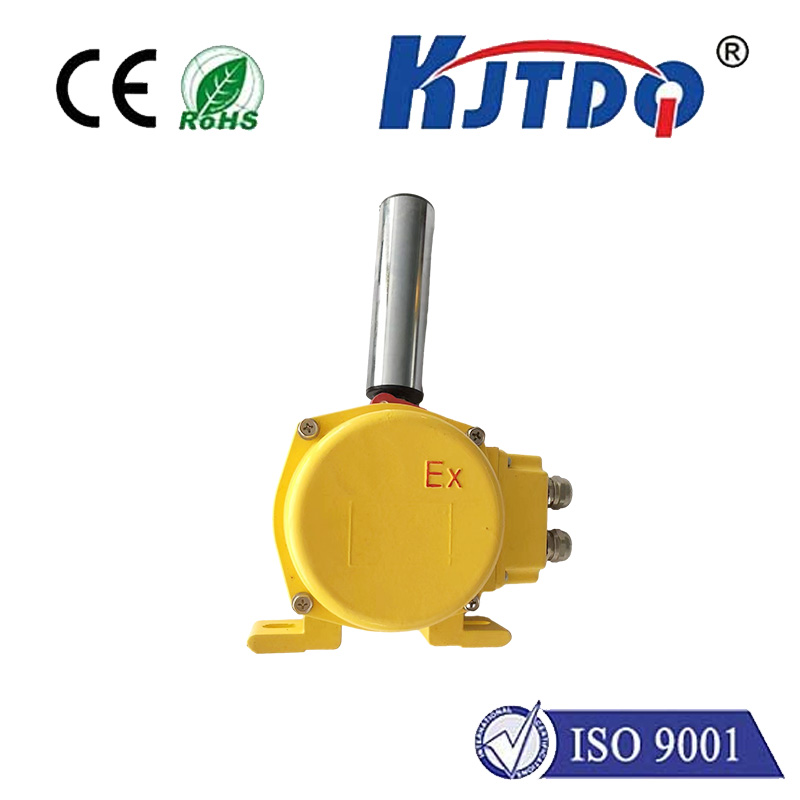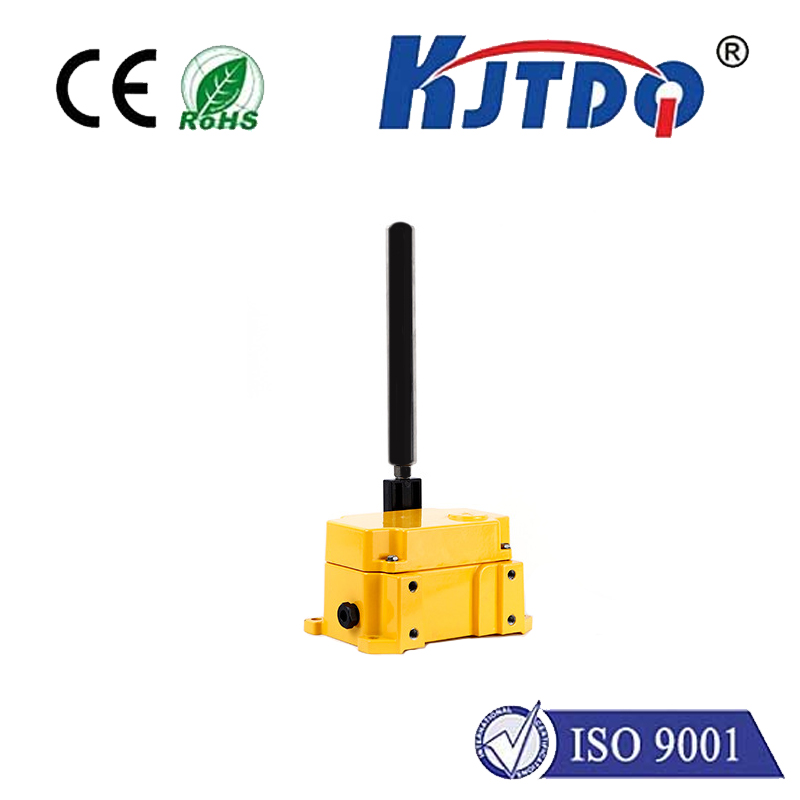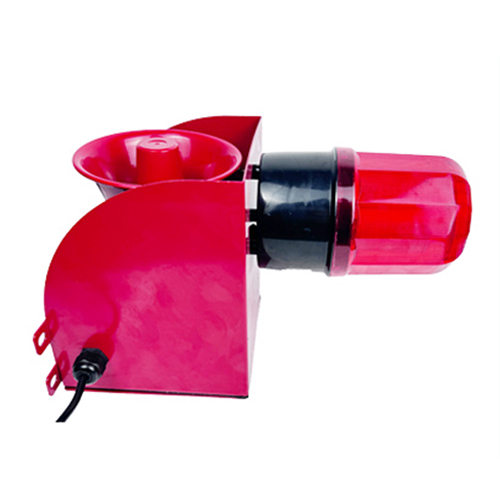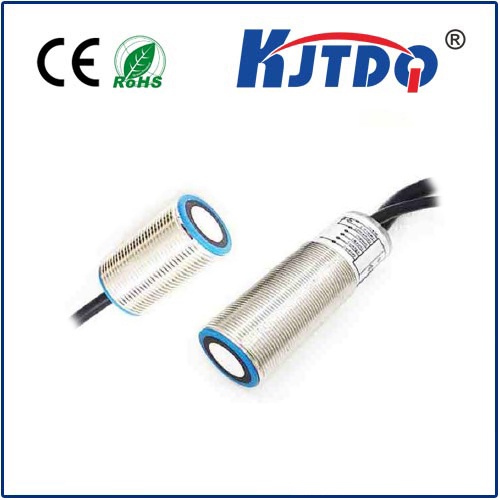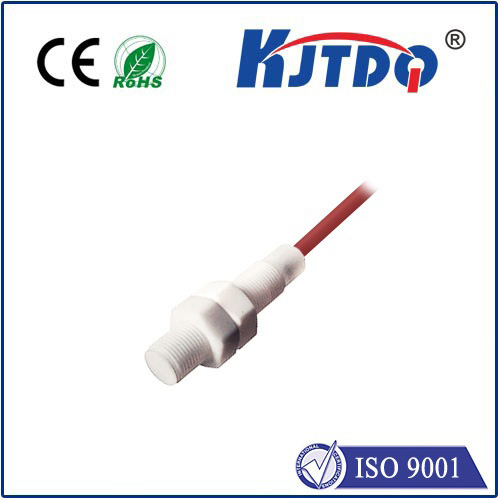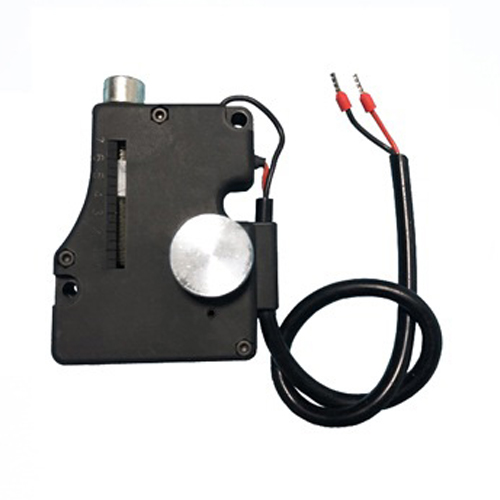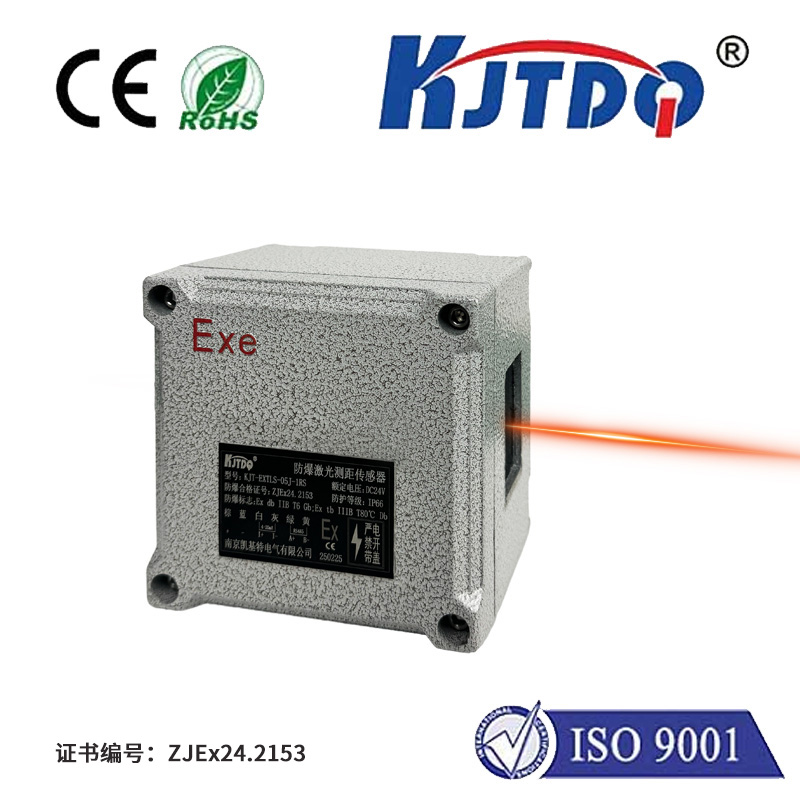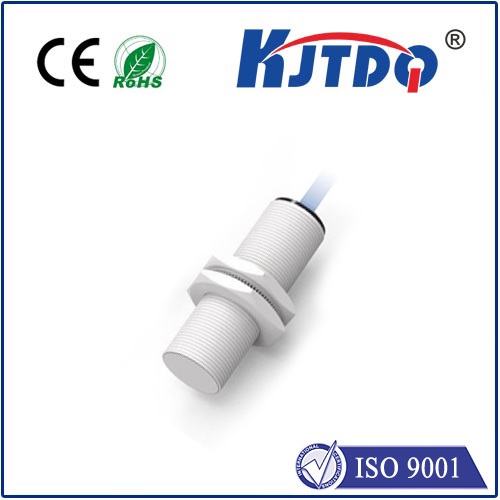

check

check

check

check
Picture this: your garage door suddenly ignores commands, pressing relentlessly against the floor or straining dangerously against its uppermost track. Or imagine a conveyor belt in your small workshop continuing to run even when an object is clearly jammed. These aren’t just minor annoyances; they’re potential hazards leading to damaged equipment, costly downtime, or worse. At the heart of preventing such scenarios in countless 120-volt applications lies a deceptively simple yet utterly critical component: the 120 volt limit switch. This unsung hero acts as a vigilant sentinel, automatically interrupting power flow when specific physical limits are reached, ensuring safe and reliable operation. Understanding its function, applications, and importance is key for anyone dealing with electrical systems operating on this common voltage.
Demystifying the 120V Limit Switch: Core Function
A limit switch is fundamentally a mechanically actuated switch. Its operation is triggered by direct physical contact with a moving part – a cam, a lever arm, a plunger, or even the object being controlled itself. Inside its housing, this physical movement either forces electrical contacts together to complete a circuit or pushes them apart to break the circuit. The designation “120 volt” specifically refers to its electrical rating – it’s designed and certified to safely handle the voltages and currents typically found in standard residential and light commercial/industrial power systems in North America (often denoted as 120VAC). Its primary mission is safety and control:
Why 120 Volts? Ubiquity and Accessibility

The 120VAC standard dominates residential and many light commercial settings across North America. It powers everything from kitchen appliances and HVAC systems to workshop tools and lighting. Equipment designed for these environments naturally utilizes control components rated for the same voltage. Using a 120V limit switch directly within these circuits offers significant advantages:
Common Applications: Where You’ll Find Them
The versatility of the 120 volt limit switch ensures its presence in numerous everyday and industrial settings:
Selecting and Using a 120V Limit Switch Effectively
Choosing the right limit switch goes beyond just voltage. Key considerations include:
Installation and Maintenance Best Practices
Proper installation ensures reliable function and long service life. Precision positioning is paramount – the switch must be mounted so that the target machine part activates it reliably and completely at the exact desired position. Mechanical adjustability in mounting often simplifies setup. Secure connections with appropriate wire gauges are essential for electrical safety and reliability. Crucially, periodic functional testing is non-negotiable. Manually trigger the switch during maintenance cycles to verify it reliably stops the machine or initiates the intended control action. Check actuators for signs of wear, binding, or damage. Listen for unusual sounds (like chattering contacts) indicating potential internal issues.
While seemingly simple, the 120 volt limit switch is a fundamental safeguard. It provides a robust, reliable, and cost-effective method for ensuring positional safety and enabling automated control sequences within the vast ecosystem of 120V powered devices. From protecting your family from a malfunctioning garage door to preventing costly damage on a production line, these vital components operate quietly in the background. When selecting or maintaining equipment running on common 120V power, always appreciate the critical role its limit switches play in operational safety and reliability. Choosing the right one – with the correct actuator, rating, and features for the job – is an investment in preventing failure and protecting both people and property.
